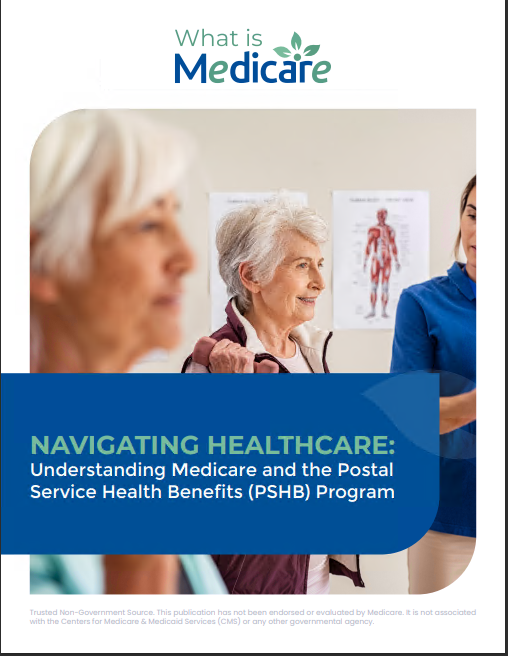Key Takeaways:
- Medicare Part D provides prescription drug coverage to help manage medication costs for those on Medicare.
- Understanding the enrollment periods and coverage options is crucial for selecting the right plan.
Learn Key Facts about Medicare Part D: Prescription Drug Coverage
Medicare Part D is a vital component of the Medicare program, offering prescription drug coverage to help manage medication costs for beneficiaries. Understanding its nuances can significantly impact an individual’s healthcare experience, making it crucial to grasp the fundamental aspects of this coverage. Here, we delve into the key facts about Medicare Part D, including its structure, enrollment periods, and tips for navigating the selection process.
What is Medicare Part D?
Medicare Part D is a prescription drug coverage program available to anyone eligible for Medicare. Established under the Medicare Modernization Act of 2003, it aims to make prescription medications more affordable for Medicare beneficiaries. Part D plans are offered by private insurance companies approved by Medicare, and they cover a wide range of prescription drugs.
How Does Medicare Part D Work?
Medicare Part D plans have a formulary, which is a list of covered medications. These plans are categorized into tiers, with each tier representing different cost levels for medications. Typically, generic drugs fall into lower tiers with lower costs, while brand-name and specialty drugs are placed in higher tiers with higher out-of-pocket expenses. It’s essential for beneficiaries to review the formulary of a plan to ensure their medications are covered.
Enrollment Periods for Medicare Part D
Enrolling in Medicare Part D requires attention to specific enrollment periods:
-
Initial Enrollment Period (IEP): This period starts three months before the month of your 65th birthday and ends three months after it. During this time, you can enroll in a Part D plan without penalty.
-
Annual Enrollment Period (AEP): Occurring from October 15 to December 7 each year, this period allows you to join, switch, or drop a Part D plan. Changes made during AEP take effect on January 1 of the following year.
-
Special Enrollment Periods (SEPs): Certain life events, such as moving to a new area or losing other drug coverage, may qualify you for an SEP, allowing changes to your Part D coverage outside the standard enrollment periods.
Penalties for Late Enrollment
It’s important to enroll in a Medicare Part D plan when first eligible, as late enrollment can result in a penalty. The penalty is calculated based on the number of months you were without Part D or other creditable prescription drug coverage after your Initial Enrollment Period ended. This penalty is added to your monthly premium for as long as you have Medicare drug coverage.
Choosing a Medicare Part D Plan
When selecting a Medicare Part D plan, consider the following factors:
-
Formulary Coverage: Ensure that the plan covers the medications you need. Check the formulary to see if your prescriptions are included and at what cost tier.
-
Pharmacy Network: Verify that your preferred pharmacy is in the plan’s network. Some plans offer lower costs if you use certain pharmacies.
-
Costs: Compare the plan premiums, deductibles, copayments, and coinsurance. Understanding these costs can help you estimate your annual prescription drug expenses.
-
Star Ratings: Medicare assigns star ratings to Part D plans based on their performance and quality. Higher-rated plans generally offer better service and coverage.
Understanding the Coverage Gap (“Donut Hole”)
Medicare Part D has a coverage gap, commonly known as the “donut hole.” In this phase, there’s a temporary limit on what the drug plan will cover. After you and your plan have spent a certain amount on covered drugs, you enter the donut hole, where you may pay higher out-of-pocket costs for medications. However, the Affordable Care Act has been closing this gap, and by 2020, beneficiaries pay 25% of the cost for both brand-name and generic drugs during the coverage gap.
Extra Help Program
The Extra Help program, also known as the Low-Income Subsidy (LIS), assists those with limited income and resources in paying for Medicare Part D costs. It can cover premiums, deductibles, and copayments, making prescription drugs more affordable. Eligibility for Extra Help is determined by income and asset levels, and those who qualify are not subject to the donut hole.
Practical Tips for Navigating Medicare Part D
-
Review Annually: Since Part D plans can change their formularies and costs each year, it’s important to review your plan annually during the AEP to ensure it still meets your needs.
-
Utilize Online Tools: There are various online tools available that allow you to compare Part D plans based on your medications and pharmacy preferences.
-
Seek Assistance: If you need help understanding your options, consider contacting a local State Health Insurance Assistance Program (SHIP) for personalized assistance.
Making the Most of Medicare Part D
Medicare Part D plays a crucial role in managing prescription drug costs for Medicare beneficiaries. By understanding its structure, enrollment periods, and coverage details, you can make informed decisions about your healthcare. This knowledge helps in selecting a plan that best fits your needs and ensures that you are adequately covered for your prescription medications.
Contact Information:
Email: [email protected]
Phone: 6026285580










